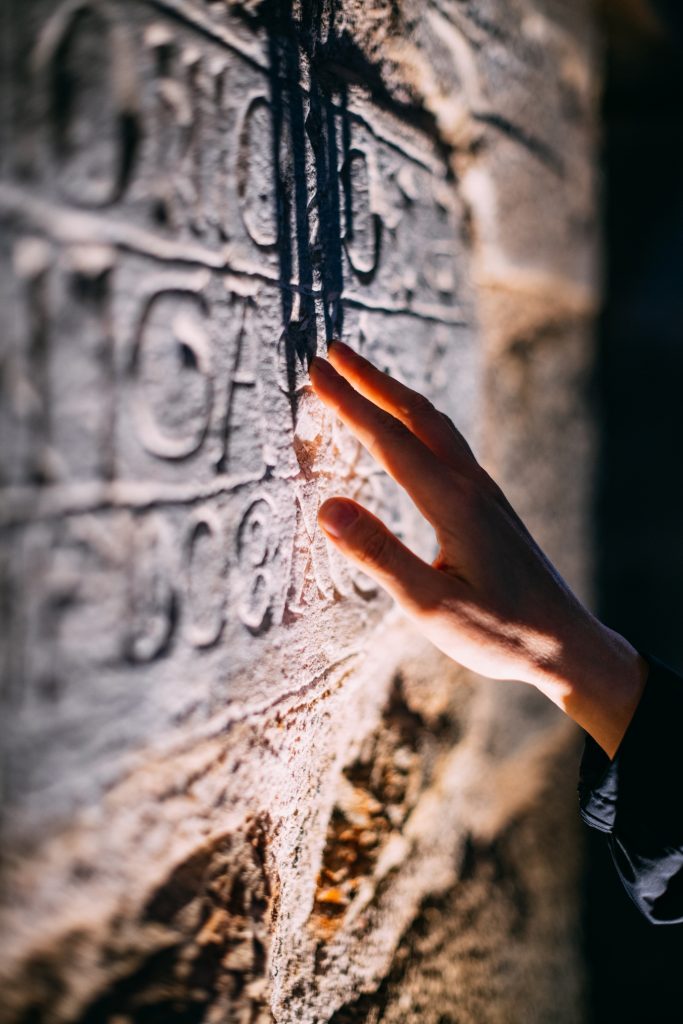
July 16, 2024 — Ph.D. student Lena Dubinsky and Prof. Leore Grosman from the Computational Archaeology Laboratory at the Hebrew University of Jerusalem’s Institute of Archaeology have pioneered a new method to study rock engravings, merging technological and visual analysis to uncover the intricate details behind ancient techniques. Utilizing the in-house developed ArchCUT3-D software, which allows a computational analysis of the three-dimensional traits of rock engravings, the research showcases an innovative approach that provides new insights into the production processes and cultural significance of engravings found in Timna Park, southern Israel.
Historically, rock engravings have been examined primarily through their visual characteristics using comparative and interpretative methodologies. While recent works have focused on identifying production processes, these studies often neglected the visual outcomes. Dubinsky and Prof. Grosman’s research bridges this gap by using computational analysis to integrate both technological and visual aspects, offering a comprehensive understanding of ancient engraving practices.
“We employed ArchCUT3-D software to conduct a detailed analysis of 3-D data from various rock engravings. This method allowed us to extract micro-morphological evidence from engraved lines, decoding technical trends, and variabilities in the execution of these ancient artworks. By examining a specific group of engraved figures, we established a link between the techniques used and the visual considerations guiding them,” explains Lena Dubinsky.
Based on their findings, the researchers propose the term “Techné” to describe the choice of technique that goes beyond mere practicality, encompassing the intentional design and cultural concepts embedded in the engravings. This integrative approach challenges the traditional dichotomy between visual and technological research, presenting a unified framework for understanding ancient production acts.
The study highlights how social structures and individual actions influence production methods, suggesting that the decisions related to technique selection are reflective of broader sociocultural contexts. This perspective offers a richer narrative of ancient engravers’ cognitive and material interactions, providing deeper insights into their cultural and technological environment.
The research underscores the potential of digital tools in archaeological studies. Their methodology not only advances the study of rock engravings but also sets a precedent for exploring other archaeological artifacts. By identifying “techno-visual codes” and the “fingerprints” of engraved complexes, this approach enhances our ability to understand the cultural and technological nuances of ancient societies.
“This study marks a significant step forward in archaeological research, combining advanced computational analysis with a nuanced understanding of ancient techniques and visual styles. It opens new avenues for exploring the interplay between technology and visuality in historical contexts, promising to deepen our knowledge of the past,” says Prof. Grosman.
The research paper titled “Techné of Rock Engravings—the Timna Case Study” is now available in the Journal of Archaeological Method and Theory and can be accessed here.
Researchers:
Lena Dubinsky1,2,3, Leore Grosman1
Institution:
- Computational Archaeology Laboratory, Institute of Archaeology, The Hebrew University of Jerusalem
- Ceramics and Glass Design Department, Bezalel Academy of Arts and Design
- Jack, Joseph and Morton Mandel School for Advanced Studies in the Humanities, The Hebrew University of Jerusalem
Related articles
New Study Reveals Bias in Perceiving the Emotional Intensity of Others
December 22, 2025 – We think we’re good at reading emotions, but new research suggests we might be getting it wrong and overestimating just how strongly the other person feels. The study, published in Nature Communications, shows that people who slightly overestimated others’
Researchers Warn: Lecture-Based Courses Don’t Work for Older Adults
December 15, 2025 – As societies around the world grow older, the demand for effective lifelong learning is increasing. In a new paper published in Educational Gerontology, Prof. Anat Zohar of the Seymour Fox School of Education at the Hebrew University of Jerusalem and Dr. Yochai Z. Shavit
International Day of Elimination of Violence against Women
December 1, 2025 – The Israeli Femicide Observatory at the Hebrew University of Jerusalem (HU) has released new data revealing a sharp rise in femicide cases across Israel. From January 1 to November 18, 2025, 44 women have been murdered, including 32 cases classified as femicide—women



